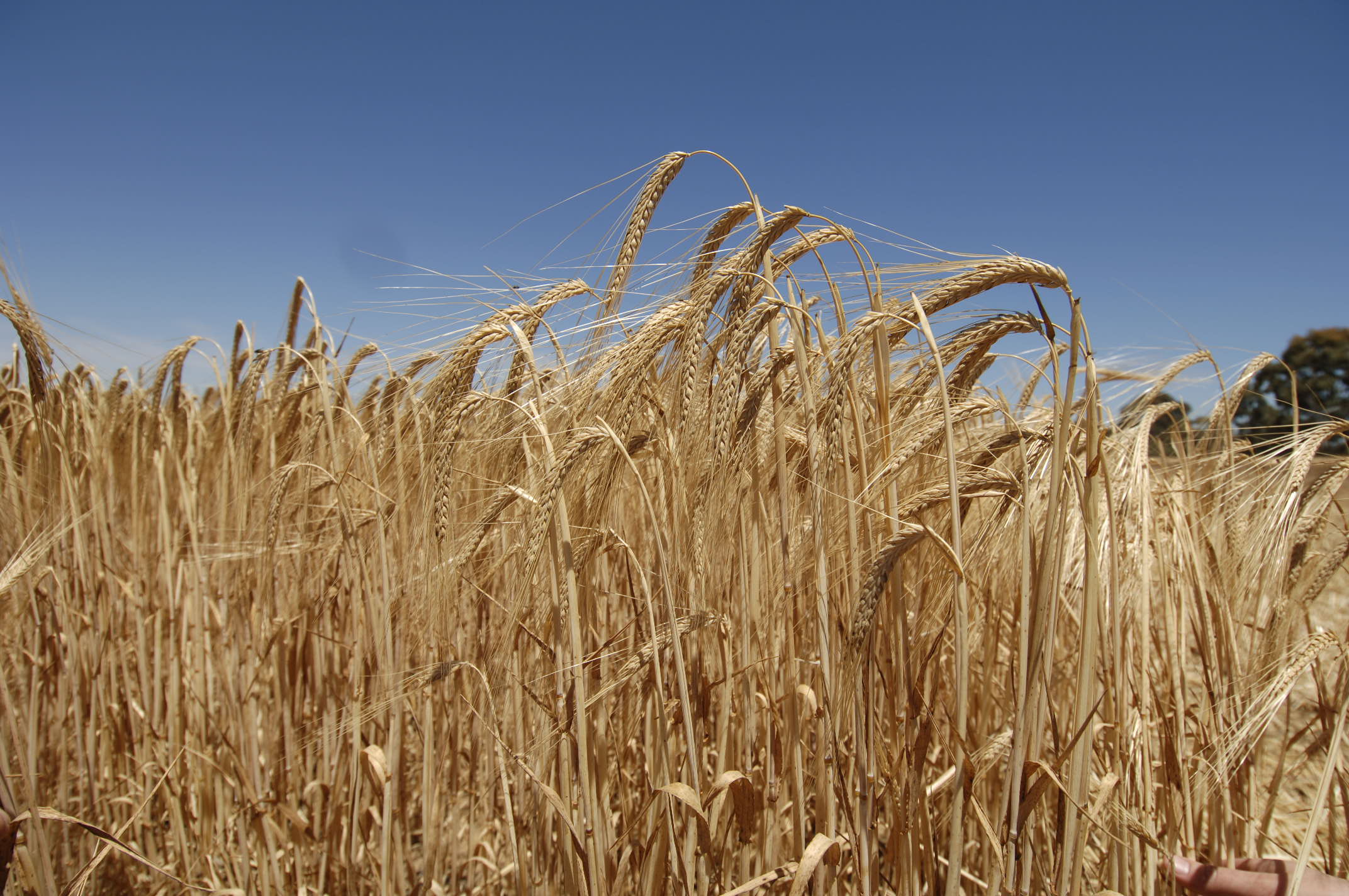
Plant pathologists from Scotland’s Rural College believe that the recent heavy rain could greatly increase the risk of fungal disease in next year’s spring barley. Also referred to as head or ear blight the condition can result in lower rates of seed germination and reduced yields. They are asking farmers across Scotland to send in sample ears for testing and to be wary of planting saved seeds for next year’s crop.
“All of our trial sites have reported high levels of fusarium on the ears this year,” Dr Neil Havis, SRUC plant pathologist, explains. “We have been observing the crop developing in our sites in Fife, East Lothian and Lanark and have seen many areas affected by the fungus. Last time we had such a wet summer back in 2012 we ran an ear blight survey and found nearly half the seeds infected with different strains of fungus.”
The 2012/13 ear blight survey found that in the Edinburgh and Lothians region, where it rained heavily through June and July, 48% of the spring barley seeds were harbouring at least one fungus. While other areas had lower concentrations (41% in the north east) it was clear that these pathogens had taken hold throughout Scotland.
The condition is often more of a threat when there is heavy rain late in the season, especially if it rains when the barley is flowering. July is when most barley in Scotland is likely to bloom which is worrying as met office figures have shown this July to be one of the wettest in recent years. In Scotland as a whole there was 152.4mm of rain in July, this compares with 86.5mm in 2014 and 81.9mm in 2013. Even in 2012, when we saw such a high concentration of fungal disease there was just 126.1mm of rainfall in July. This year regional statistics show that Aberdeenshire, Fife and Perthshire were both twice as wet in July as in an average year and this was reflected at the SRUC trial sites.
“As there is a high fungal disease risk this year we are asking all cereal farmers to send in samples of their seeds so we can test them to work out how high the infection rate is this season.” Dr Neil Havis says. “I would strongly advise all farmers to get their seeds treated before they sow them. Seed treatments will protect the seedling as it establishes and also reduce inoculum levels in the soil and at the base of the crop.”
Fusarium is a fungal disease that affect cereal crops. It generally lives in the soil and is often known as a ‘damping off’ disease as the infection can smother and kill off young plants. However, when it rains the fungal spores can be moved up the plant as the water splashes off the soil, in this way more mature plants become infected with head blight. Symptoms include a whitening of the grains and a bleaching of the ear. Sometimes the grains become darkened and if spores are being produced the ears can have a pinkish tinge. High fusarium levels also affect animal production as nearly 50% of the spring barely grown in Scotland is used to feed livestock.
Farmers who are able to send a seed sample to SRUC are asked to email neil.havis@sruc.ac.uk to find out more. More information on the fungal disease risk this year can also be obtained from Dr Neil Havis through email or on 0131 535 4136.
